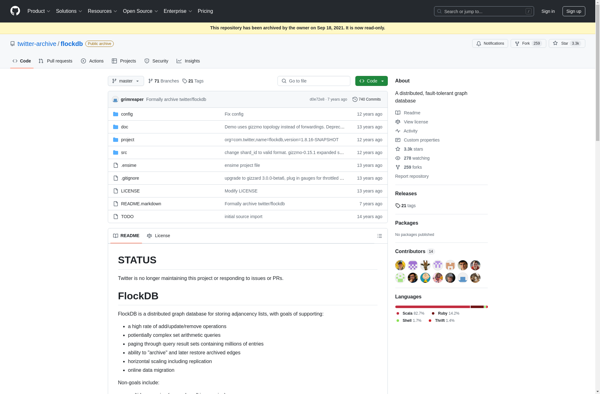Neo4j
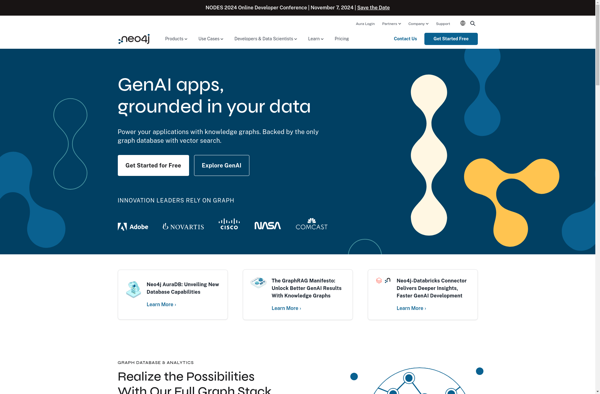
Neo4j: Graph Database for Connecting Data
A graph database that stores and analyzes connected data with nodes, edges, and properties, ideal for large-scale data analysis
What is Neo4j?
Neo4j is an open-source NoSQL graph database implemented in Java and Scala. Unlike traditional relational databases, Neo4j stores data structured as graphs consisting of nodes, edges, and properties that connect those node entities.
At its core, Neo4j leverages graph structures rather than tables to represent and store data. This allows the relationships between data to be stored directly alongside the data itself in the database model. Because connectedness is fundamental to the data model, Neo4j is optimized to represent data with rich interconnections and perform queries and analytics that traverse those connections with high performance.
Some key capabilities and uses cases for Neo4j include:
- Represent highly connected data from domains like social networks, recommendations, master data, identity and access management (IAM), knowledge graphs, and more
- Store data without restricting it first to conform to a pre-defined model
- Integrate multiple data sources via graph algorithms
- Identify complex relationships in data via pattern-matching, path-finding, and graph algorithms
- Perform complex traversals over the graph to gather connected data
- Run advanced machine learning algorithms for graph data
With native handling of graph structures, horizontal scaling capability, and aCypher query language designed for graphs, Neo4j is optimized specifically for connected data leverage. It offers an alternative NoSQL database choice for working with interconnected data compared to other NoSQL databases which lack native graph capabilities.
Neo4j Features
Features
- Graph database model
- ACID transactions
- Native graph storage
- High performance graph algorithms
- Graph query language Cypher
- Horizontal scalability
Pricing
- Free Community Edition
- Subscription-Based Enterprise Edition
Pros
Cons
Official Links
Reviews & Ratings
Login to ReviewThe Best Neo4j Alternatives
Top Development and Databases and other similar apps like Neo4j
Here are some alternatives to Neo4j:
Suggest an alternative ❐Amazon DynamoDB

Nebula graph
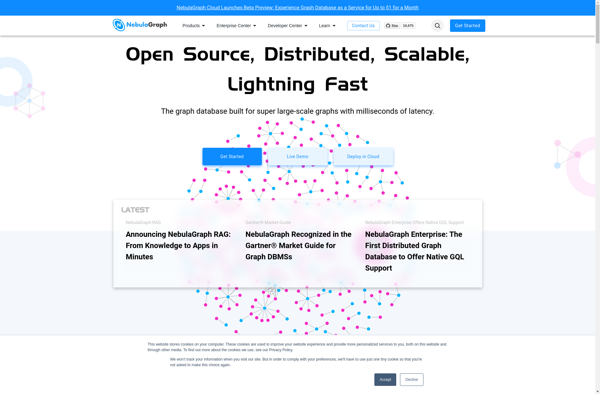
Titan Database
NetworkX
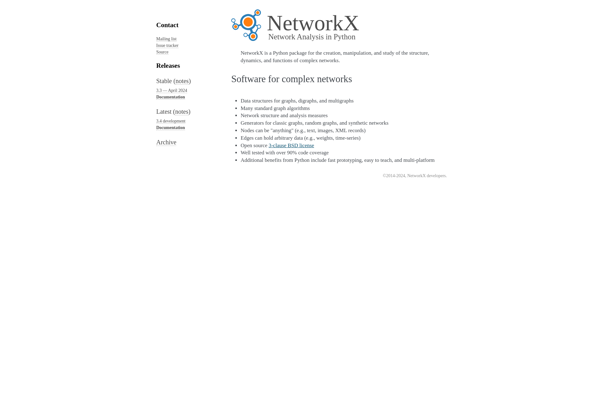
TerminusDB
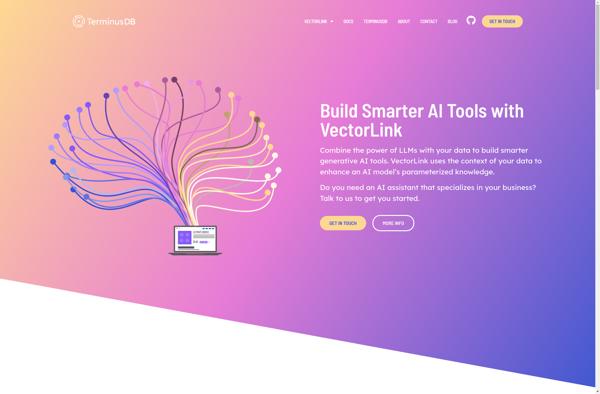
Wikibase
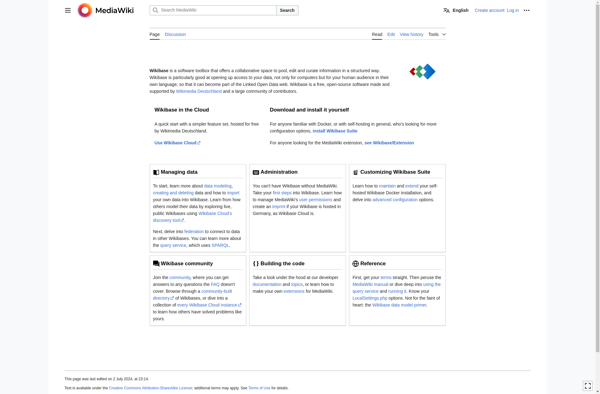
Graph-tool
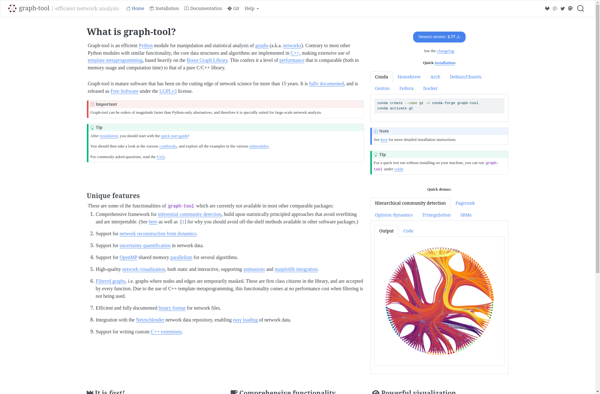
RedisGraph
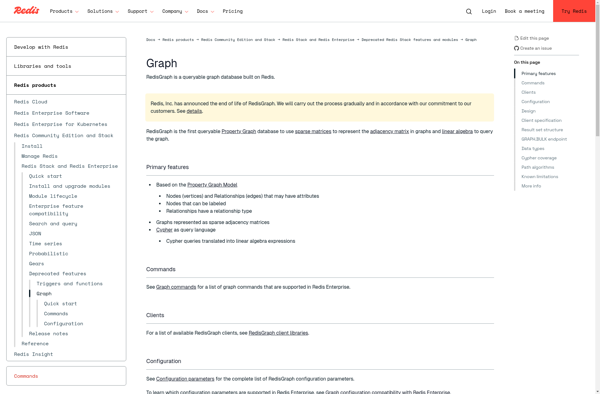
Orient DB
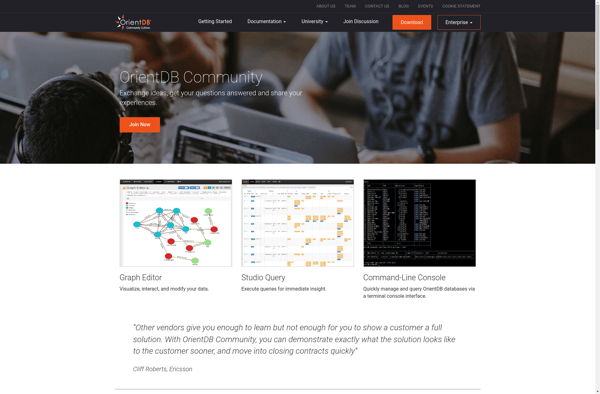
GraphStack.io
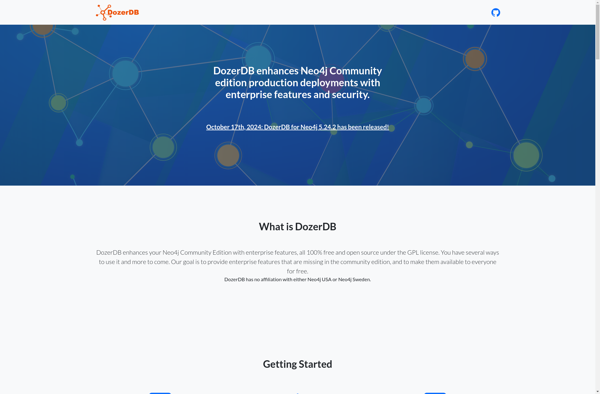
ArangoDB

Bitsy graph database
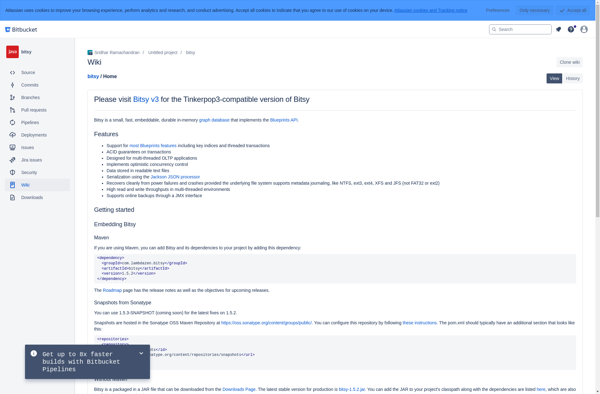
LemonGraph
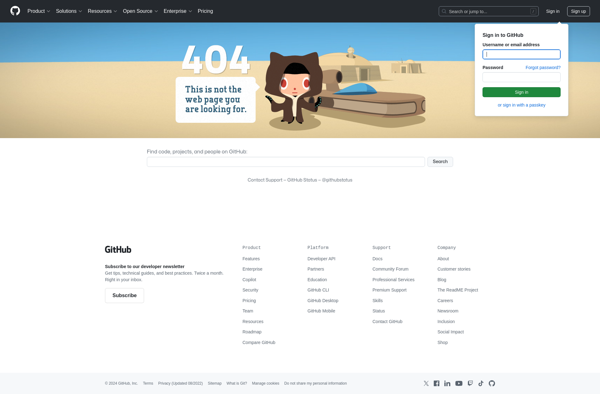
AllegroGraph
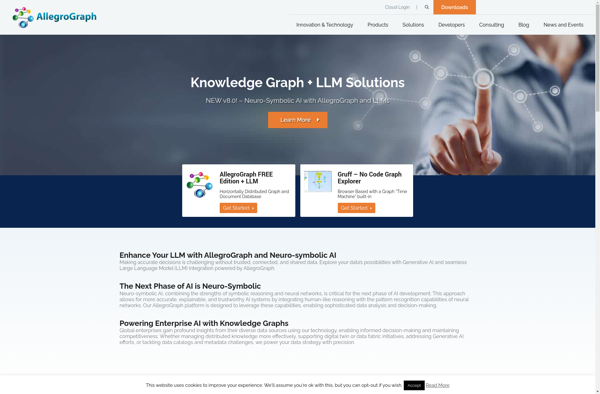
Trinity Graph Engine
JanusGraph
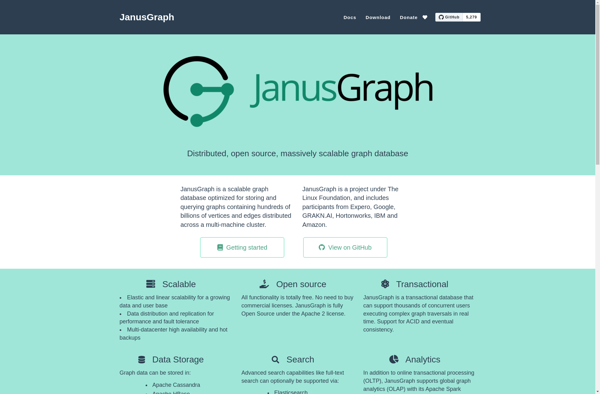
Amazon Neptune

Flockdb
